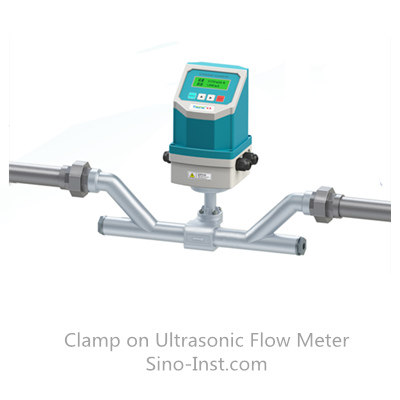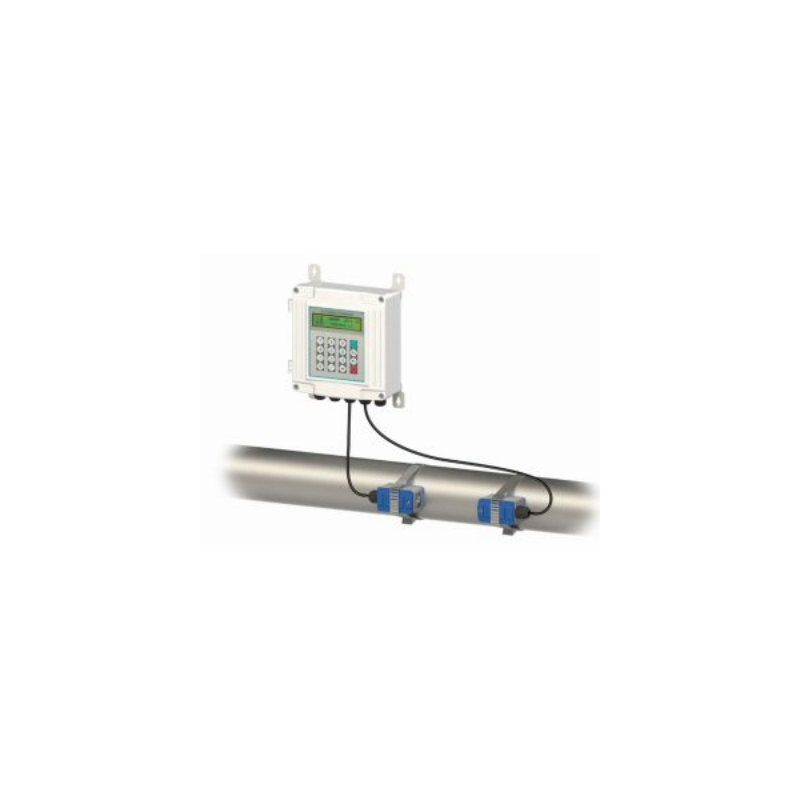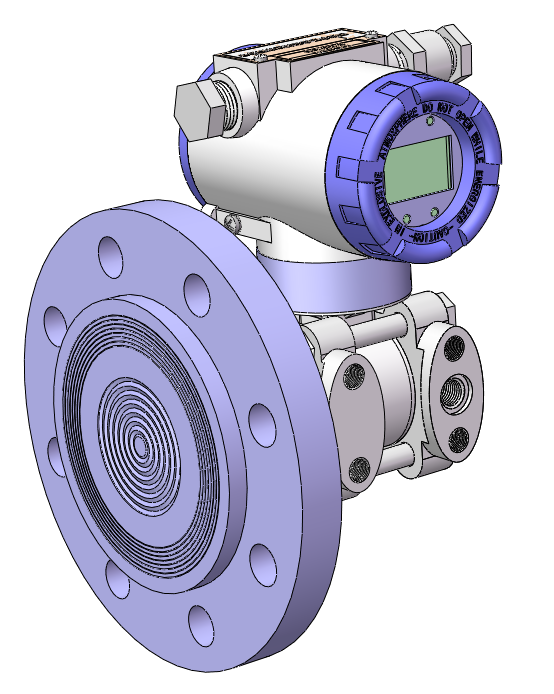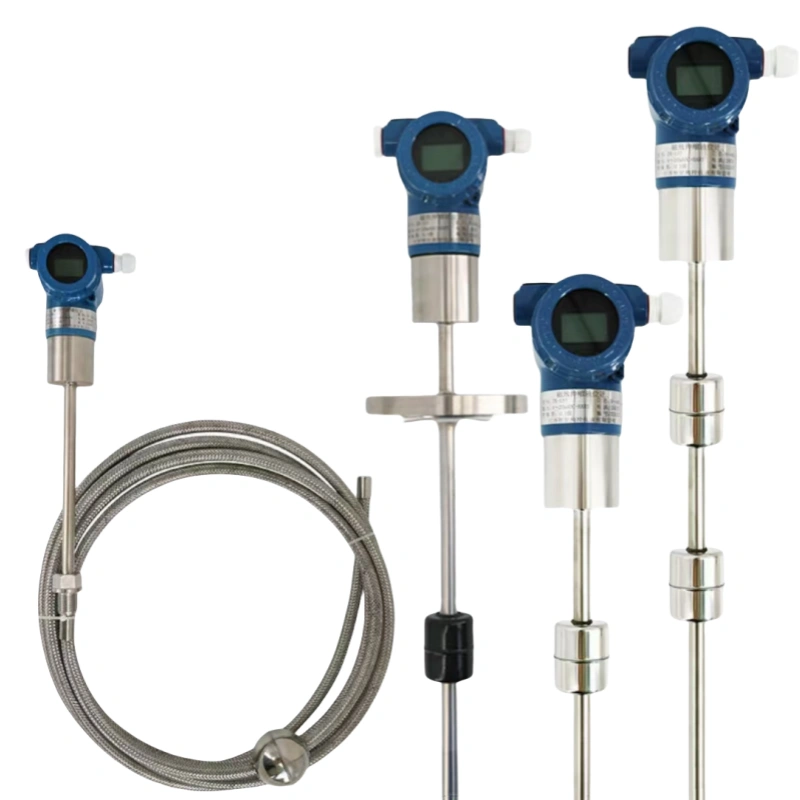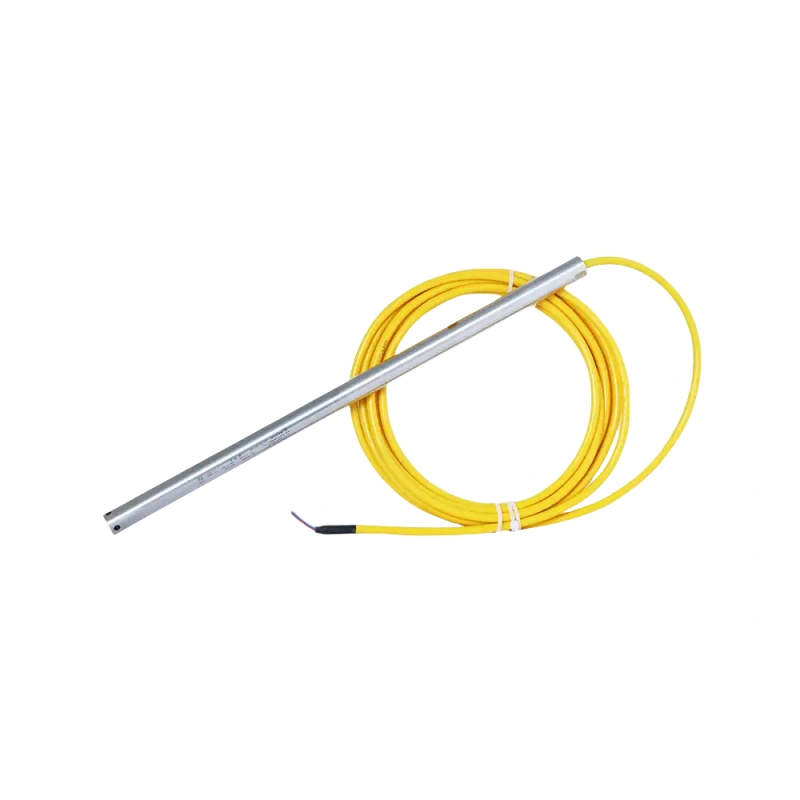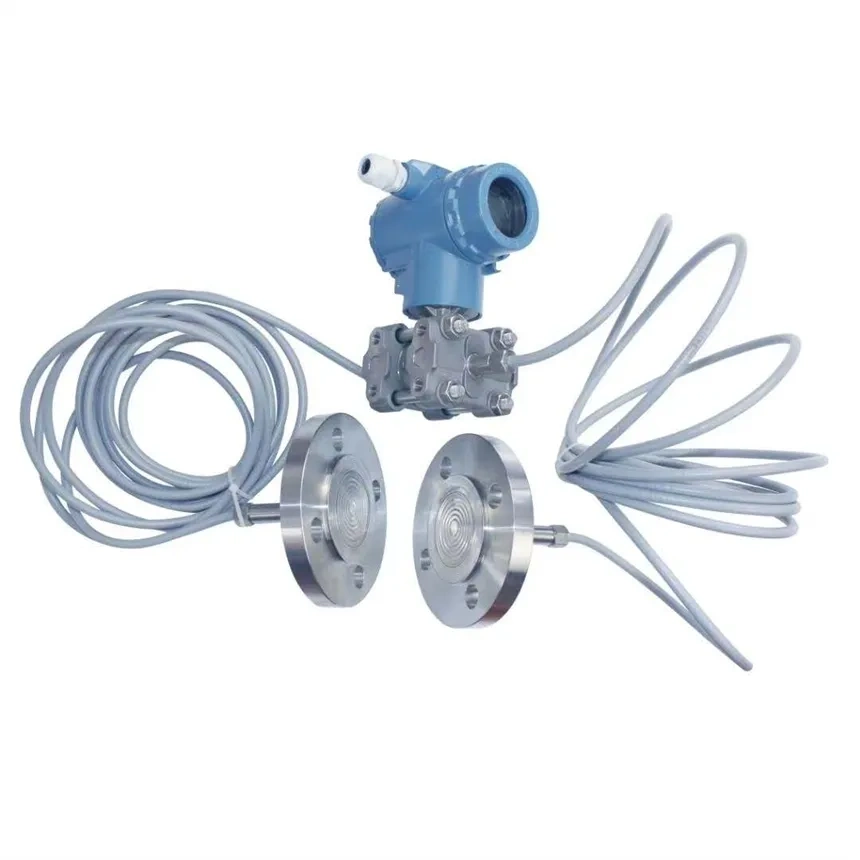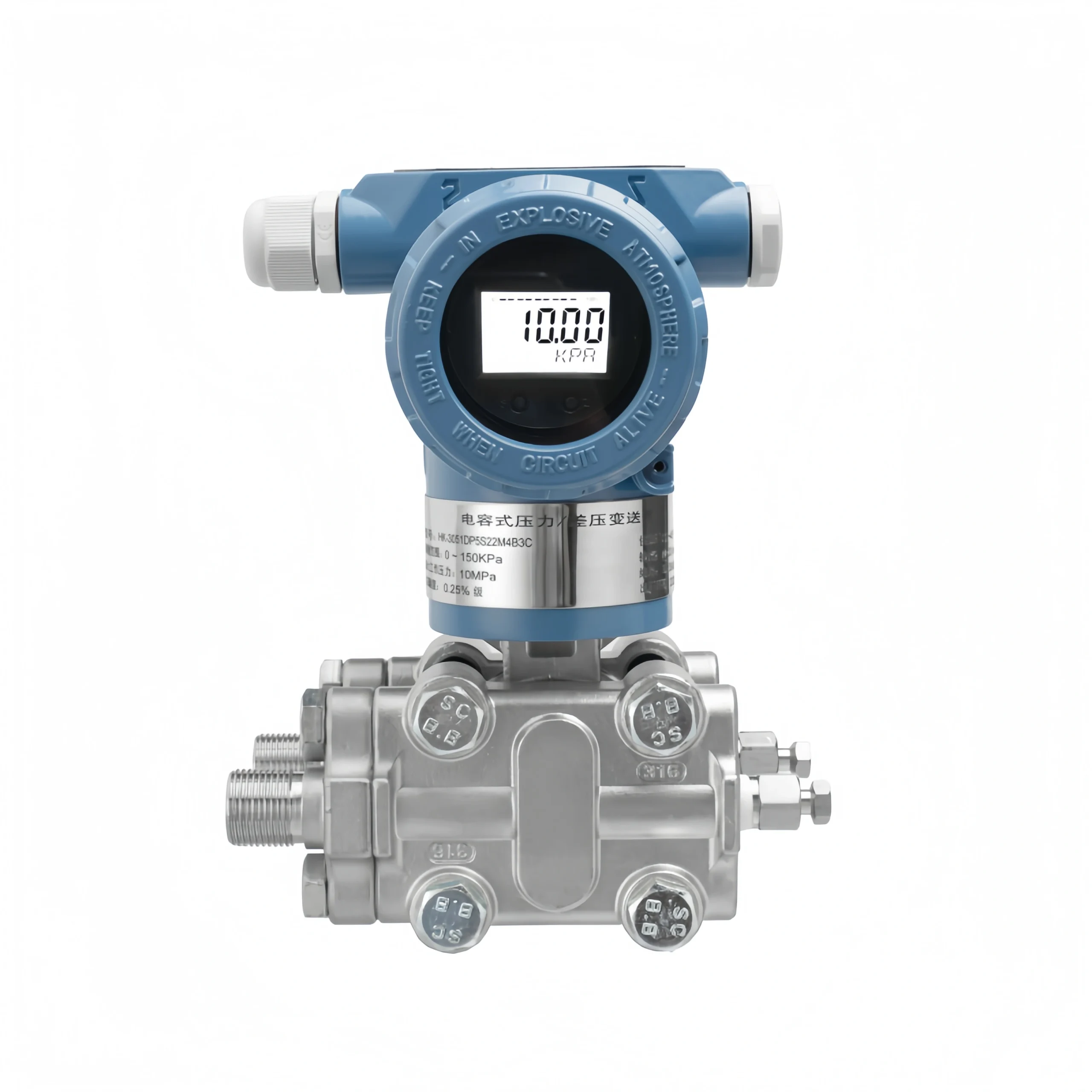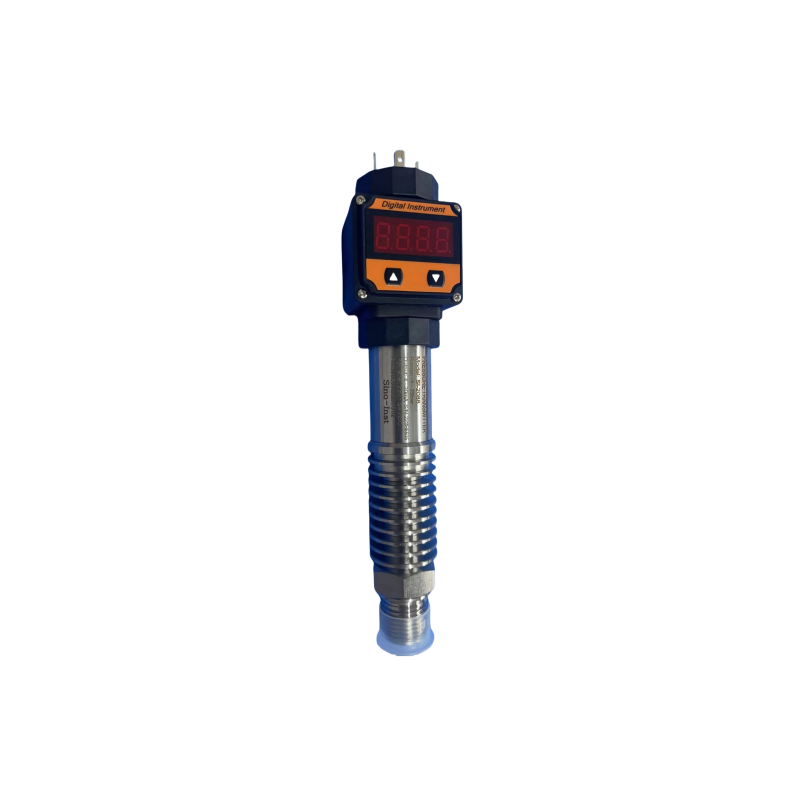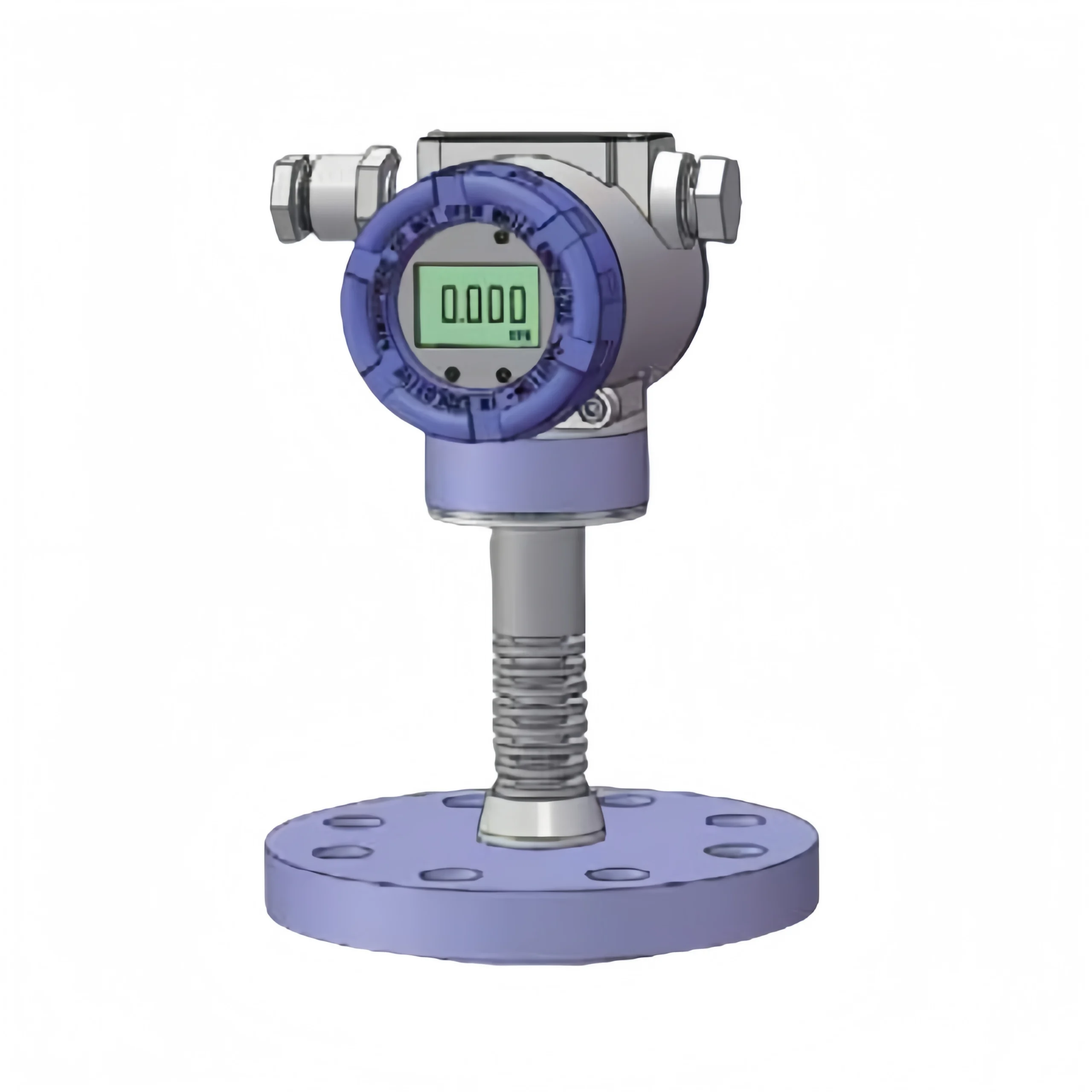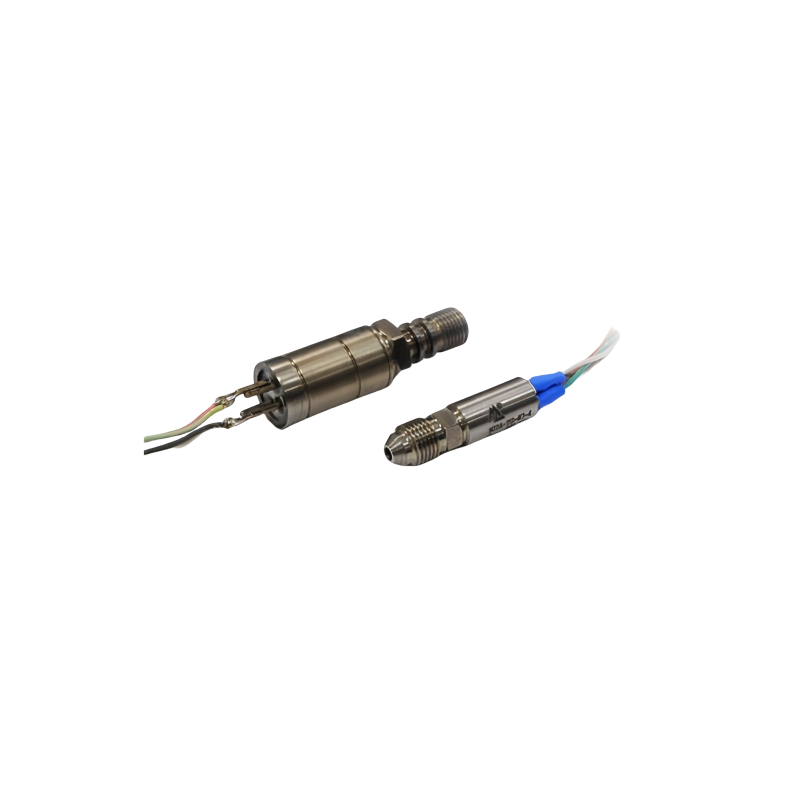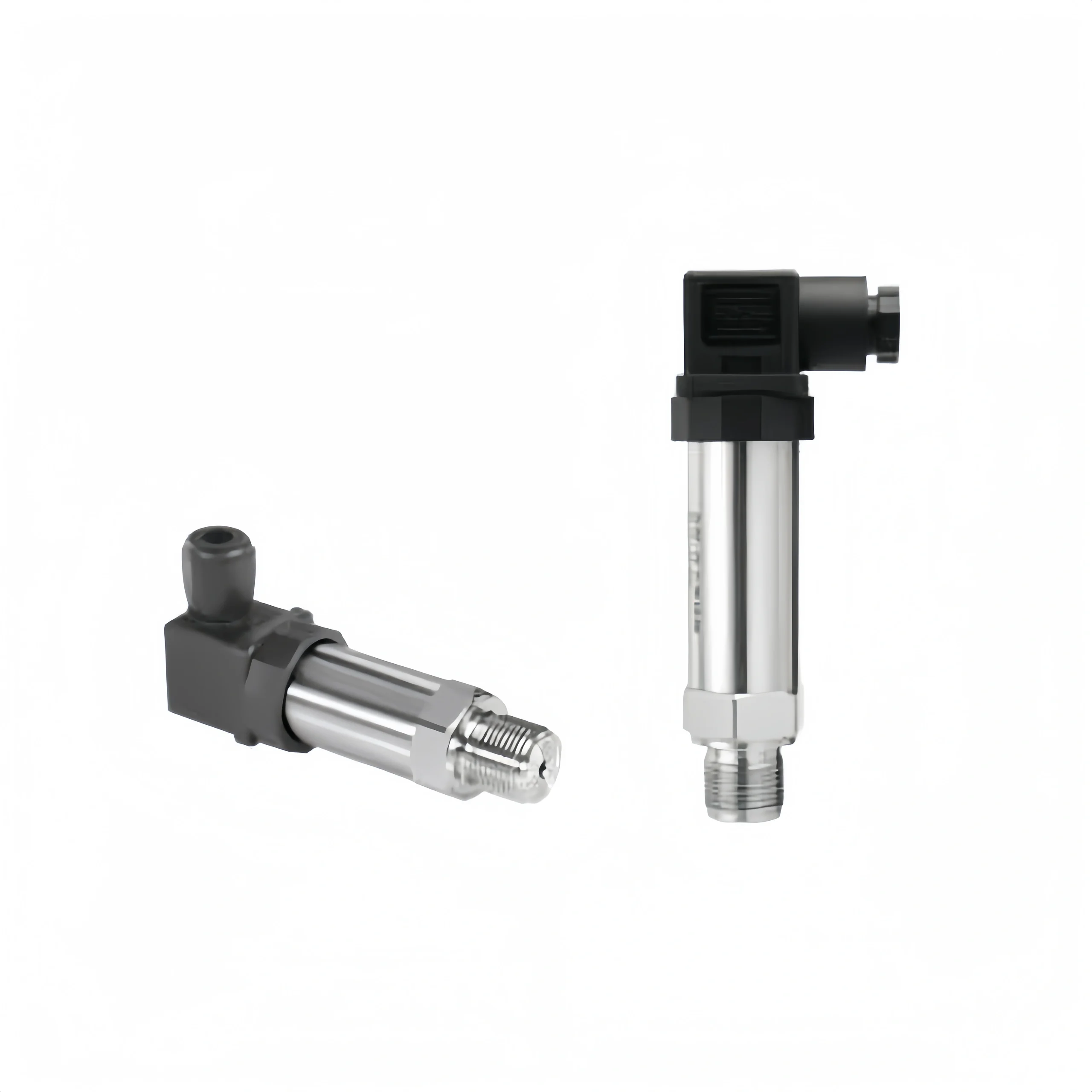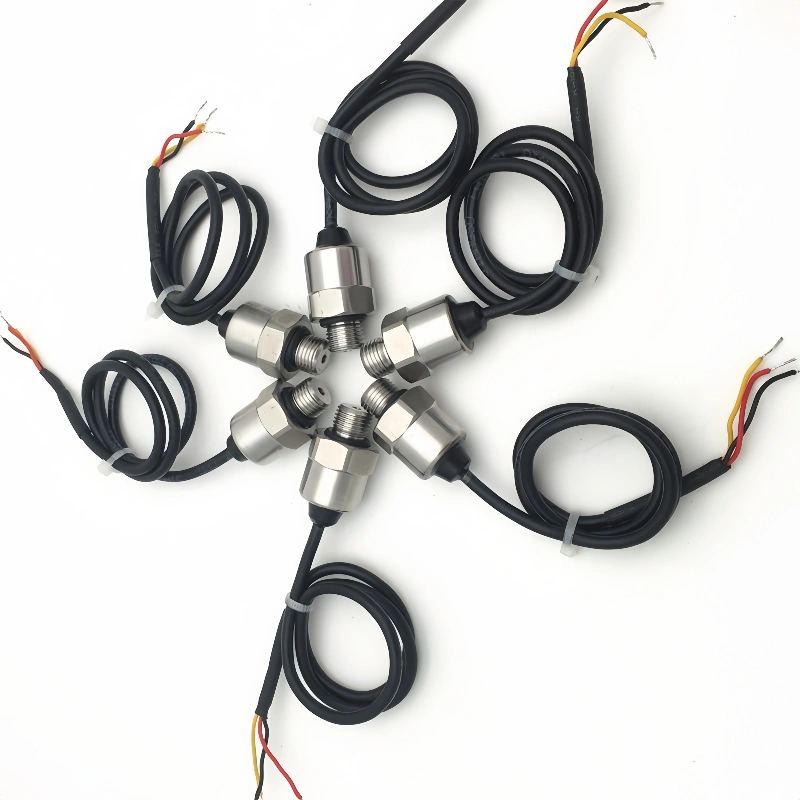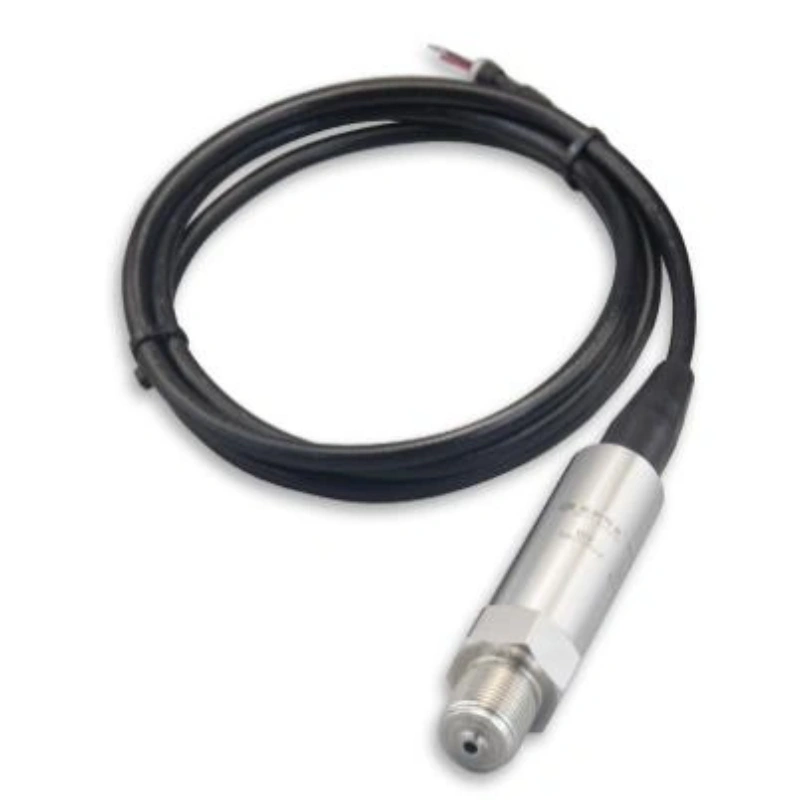About water pressure
Water pressure is the pressure exerted by the weight of water on a unit area under the influence of gravity. It is a core concept in fluid mechanics and is usually measured in units such as pounds per square inch (psi) or Pascals (Pa).
Pressure increases with depth in a fluid, such as water, because the weight of the fluid above a certain point increases the force exerted on that point. The greater the pressure, the faster the water flows from the faucet. You can measure water pressure using a water pressure sensor.
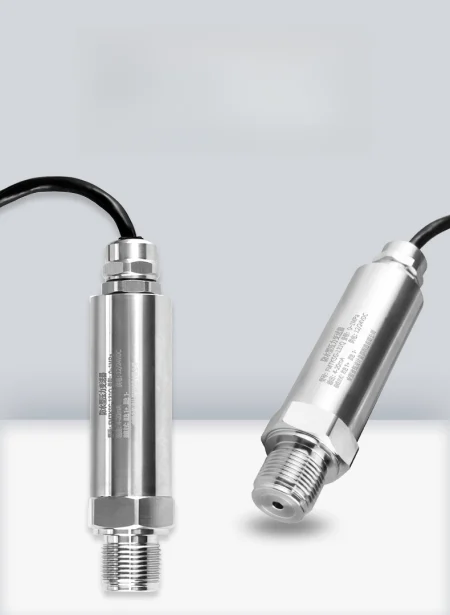
How do water pressure sensors work?
The working principle of the water pressure sensor is to detect pressure changes and convert them into electrical signals that can be read by the monitoring system or controller. The pressure acts directly on the diaphragm of the sensor, causing the diaphragm to produce a micro-displacement proportional to the medium pressure, thereby changing the resistance of the sensor or the output voltage signal.
For example, when the pressure of the measured water pressure directly contacts the diaphragm of the sensor, the diaphragm will undergo a subtle displacement, causing the resistance value of the sensor to change. After the electronic circuit detects this change, it outputs a signal corresponding to the pressure.
What is a water pressure sensor?
A water pressure sensor is a sensor used to measure water pressure in a system or pipe. It converts pressure into an electrical signal output that can be processed and displayed by a computer or controller.
Essentially, it detects water pressure within a system (such as a pipe or tank) by using a pressure-sensitive element that deforms under applied water pressure, generating an electrical signal proportional to the pressure level.
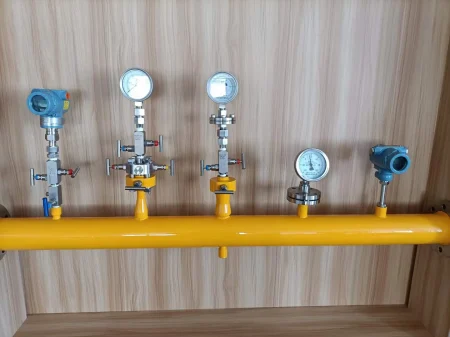
Water pressure sensor in water tank
A “water pressure sensor in a water tank” is a device that measures the pressure exerted by the water in the tank and can be used to indirectly determine the water level in the tank. Because the pressure increases with the height of the water column. Essentially it acts as a water level sensor by measuring the pressure exerted by the bottom of the tank due to the water above it.
The water pressure sensor in the water tank converts the water pressure into an electrical signal that can be read and interpreted to understand the water level.
Installation: Usually placed at the bottom of an open tube inside a water tank, where the pressure directly reflects the water level.
Principle: As the water level rises, the air pressure above the water in the tube increases, resulting in a higher pressure reading on the sensor.
Application:
- Monitor the water level in a storage tank;
- Start a pump to refill water when the water level drops;
- Triggering an alarm when the water level reaches a certain point to prevent the tank from overflowing.
Water pressure sensor in pipe
A “water pressure sensor in pipes” is a device installed inside a water pipe to measure the force exerted by flowing water on the pipe walls, converting that pressure into an electrical signal that can be read and analyzed to monitor the water pressure within the system.
Essentially, it detects the pressure exerted by water on the pipe walls, allowing for monitoring flow rates and potential leak detection.
Key points about water pressure sensors in pipes:
- Function: Converts physical water pressure into an electrical signal that can be displayed on a monitor or used to trigger a control action in a system.
- Application: Used in a variety of systems, including municipal water supplies, irrigation systems, industrial processes, pump controls, tank level monitoring, and HVAC systems.
- Monitoring leaks: By tracking changes in pressure over time, water pressure sensors can help identify potential leaks in a pipe system, as a sudden drop in pressure can indicate the presence of a leak.
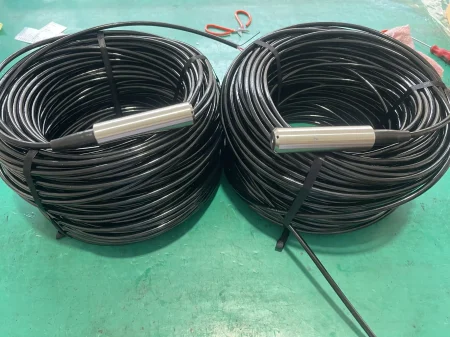
Measurement range of water pressure sensor
The measuring range of water pressure sensors can vary depending on the model and application scenario. Common measuring ranges include:
- 0~0.1MPa to 150MPa: This is a common measuring range of water pressure sensors, suitable for a variety of application scenarios, such as water supply systems, industrial production, etc.
- 2.0~10MPa: Suitable for some specific water pressure measurement needs, such as water plants and water supply systems.
- 3.0~0.6MPa to 60MPa: Suitable for occasions requiring high-precision measurement, such as industrial production process control.
- 4.0~500MPa: Suitable for measurements under high pressure environments, such as some special industrial applications.
Application of water pressure sensor
The application fields of water pressure sensors are very wide, including but not limited to:
- Household water supply system: ensure stable water pressure to prevent insufficient or excessive water from the faucet.
- Industrial water treatment system: accurately control water pressure and improve production efficiency.
- Agricultural irrigation system: realize intelligent irrigation and save water resources.
- Fire water supply system: ensure sufficient water supply pressure in emergency situations.
- Marine engineering: water level monitoring and pressure measurement in underwater operations.
- Industrial automation: used to measure and control parameters such as pressure, liquid level and flow of fluid media.
- Aerospace: used to detect parameters such as aircraft altitude, speed, and air pressure.
- Automobile manufacturing: used for pressure monitoring and control in brake systems, engine exhaust lines, oil pump supply lines, steering assist systems, etc.
- Fire system: installed on fire equipment, measures the pressure in fire pipes or water tanks, and sends out sound and light alarm signals when the set alarm value is reached.
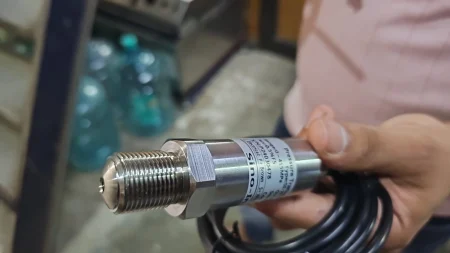
How to choose the right water pressure sensor for your application?
There are several key factors to consider when choosing a suitable water pressure sensor:
- Pressure range: It is necessary to determine the normal working pressure range of the water supply system and the maximum and minimum pressures that may occur.
- Accuracy requirements: Different application scenarios have different accuracy requirements for pressure measurement. When selecting a sensor, the required accuracy level should be determined based on the specific application scenario.
- Stability and reliability: The stability of a sensor refers to the degree of change in its measured value during long-term use.
- Output signal: Common pressure sensor output signals include 4-20mA and 0-10V.
- Operating temperature: Check the temperature range of the sensor to ensure that it can work under the expected working conditions.
- Installation method: Different application scenarios have different requirements for the installation method of the sensor. Some sensors support threaded interfaces for direct installation on pipes, while others need to be fixed by flanges or other methods.
- Brand and service: Choosing a pressure sensor from a well-known brand can not only ensure product quality, but also enjoy better after-sales service.
In conclusion, water pressure sensors are vital to any automation system. Using water pressure sensors can greatly benefit a wide range of applications. They help monitor the level and pressure in pipes and tanks. Moreover, water pressure sensors are inexpensive and we can install them easily. So it will continue to function for many years to come.
If you have any questions about pressure sensors, or which pressure sensor is best for your testing needs, feel free to contact the engineers at Sino-Inst. Understanding the working principle and choosing a good sensor will yield good results.


